What are Lying Yoga Poses?
Lying yoga poses, or supine postures, are done while lying on the back, often with gentle adjustments to stretch and align the body comfortably. These poses are grounding and supportive, making them suitable for everyone—from beginners to advanced practitioners—and especially helpful for winding down or relaxing after a workout or busy day.
Benefits
of
Lying
Yoga Poses
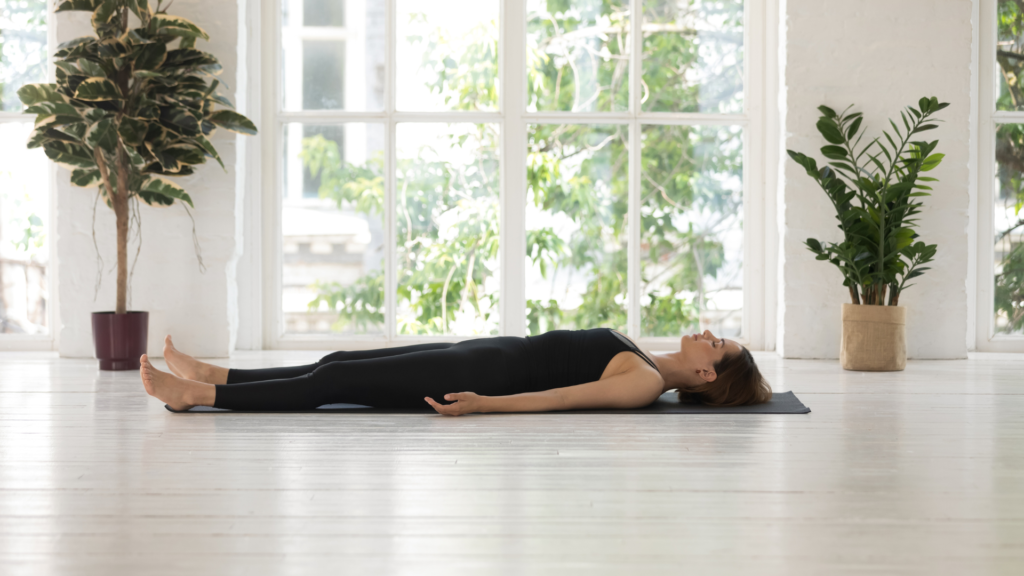
- Deep Relaxation: These poses soothe the nervous system, helping to relieve stress and tension.
- Improved Blood Flow: They support better circulation, especially in areas like the spine and legs, promoting overall wellness.
- Digestive Support: Lying postures can help with digestion and reduce bloating by gently massaging the abdominal organs.
- Flexibility without Strain: They help stretch the hamstrings, hips, and spine in a gentle, manageable way.
- Back Pain Relief: Lying poses relieve lower back tension and ease shoulder tightness.
- Better Breathing: They open up the chest, allowing deeper, more relaxed breathing and improving lung capacity.
- Mindfulness and Calm: These poses make it easier to focus on breath and meditation, perfect for ending a yoga practice with mindfulness.
Lying yoga poses
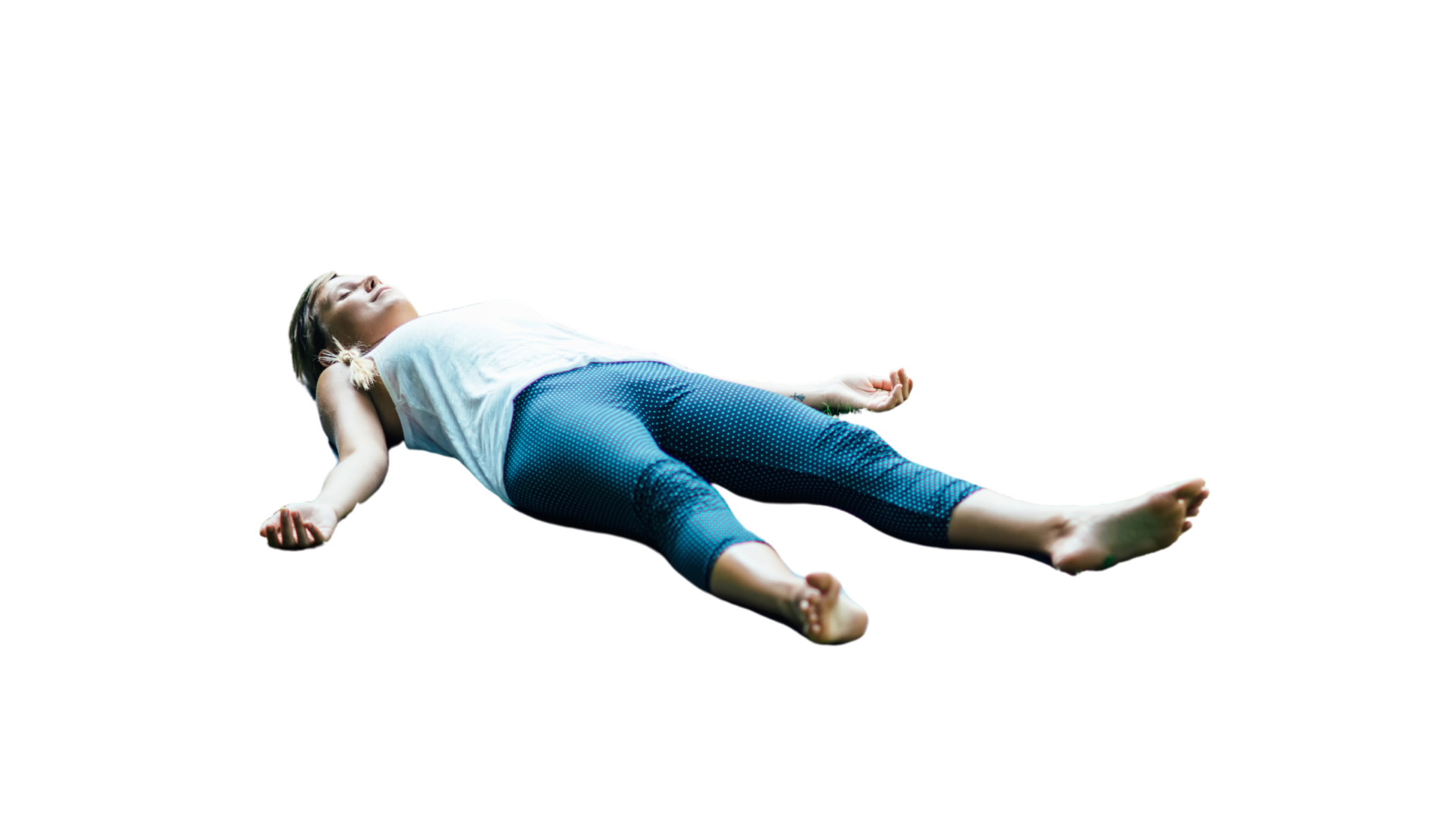
Savasana (Corpse Pose)
How to Do: Lie flat on your back, arms by your sides, palms up, and breathe deeply to relax.
Benefits: Relaxes body and mind, reduces stress, promotes better sleep.
Contradictions: Avoid if experiencing severe back pain or spinal issues.
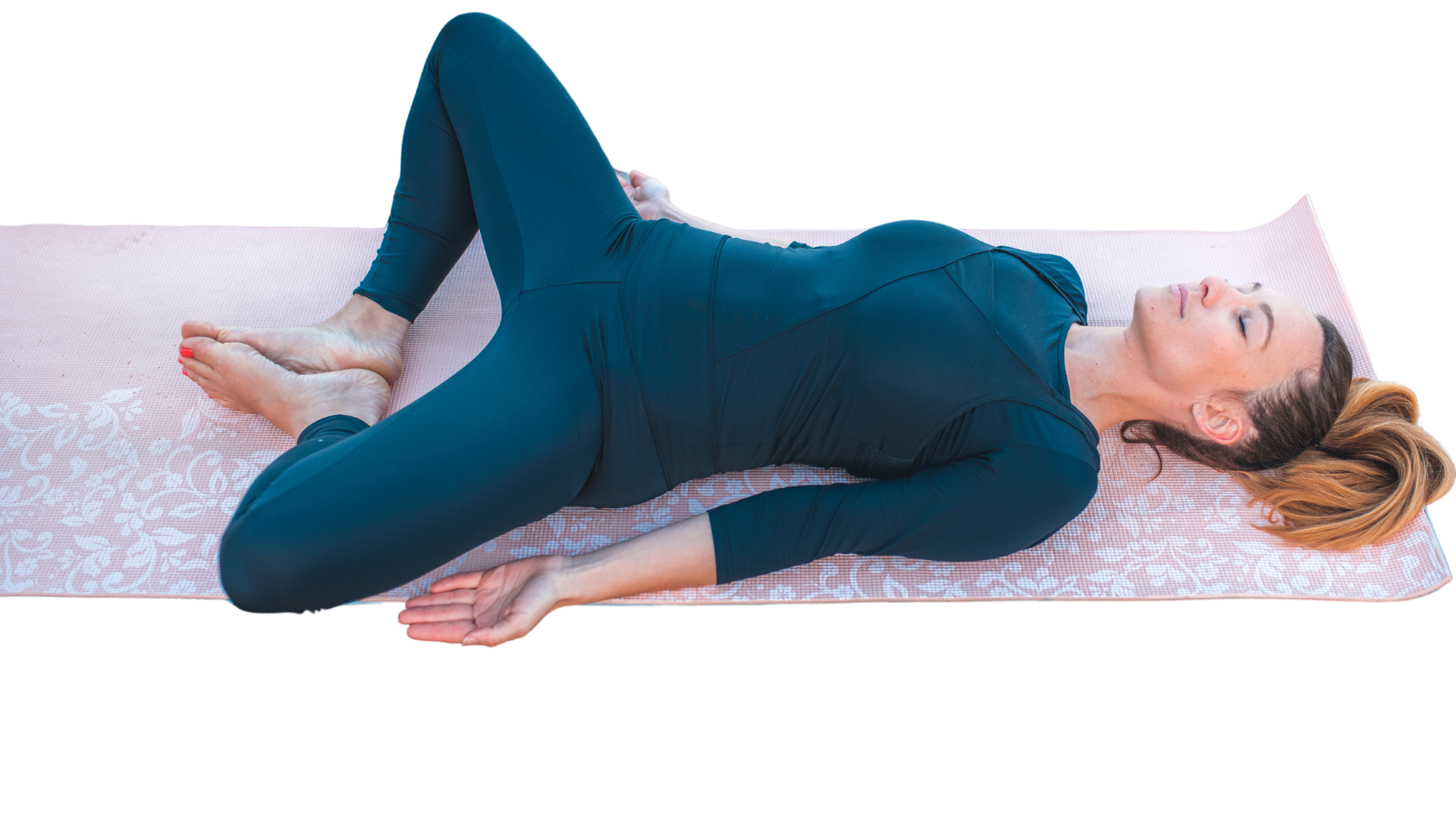
Supta Baddha Konasana (Reclining Bound Angle Pose)
How to Do: Lie on your back, bring feet together with knees open, and rest hands on your belly or sides.
Benefits: Opens hips, relieves tension, helps with digestion and menstrual discomfort.
Contradictions: Avoid if you have knee or groin injuries.
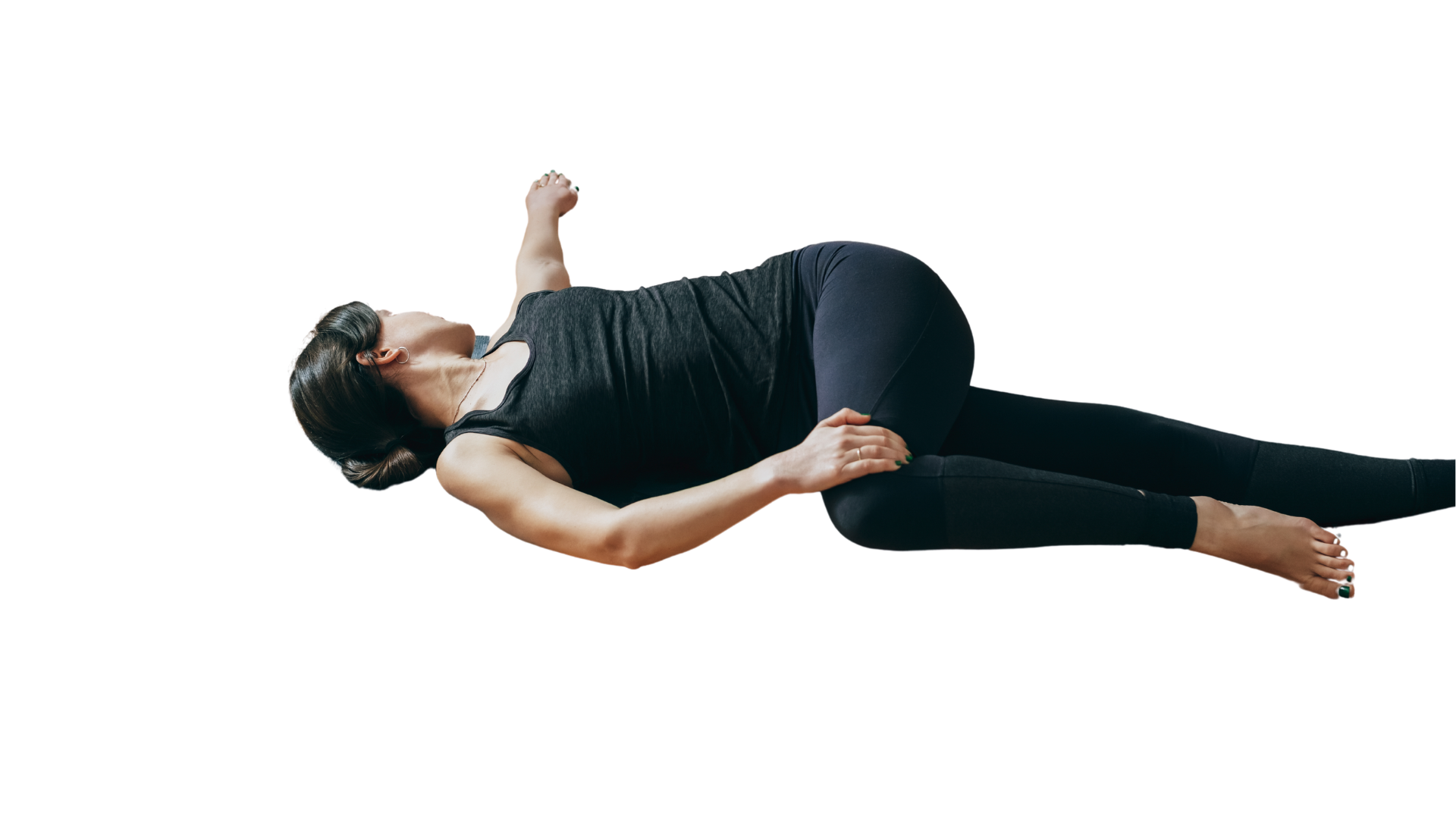
Jathara Parivartanasana (Reclined Spinal Twist)
How to Do: Lie on your back, bring knees up, drop them to one side, and look in the opposite direction.
Benefits: Eases tension in the spine, improves digestion, stretches the lower back.
Contradictions: Avoid if you have lower back or spine injuries.
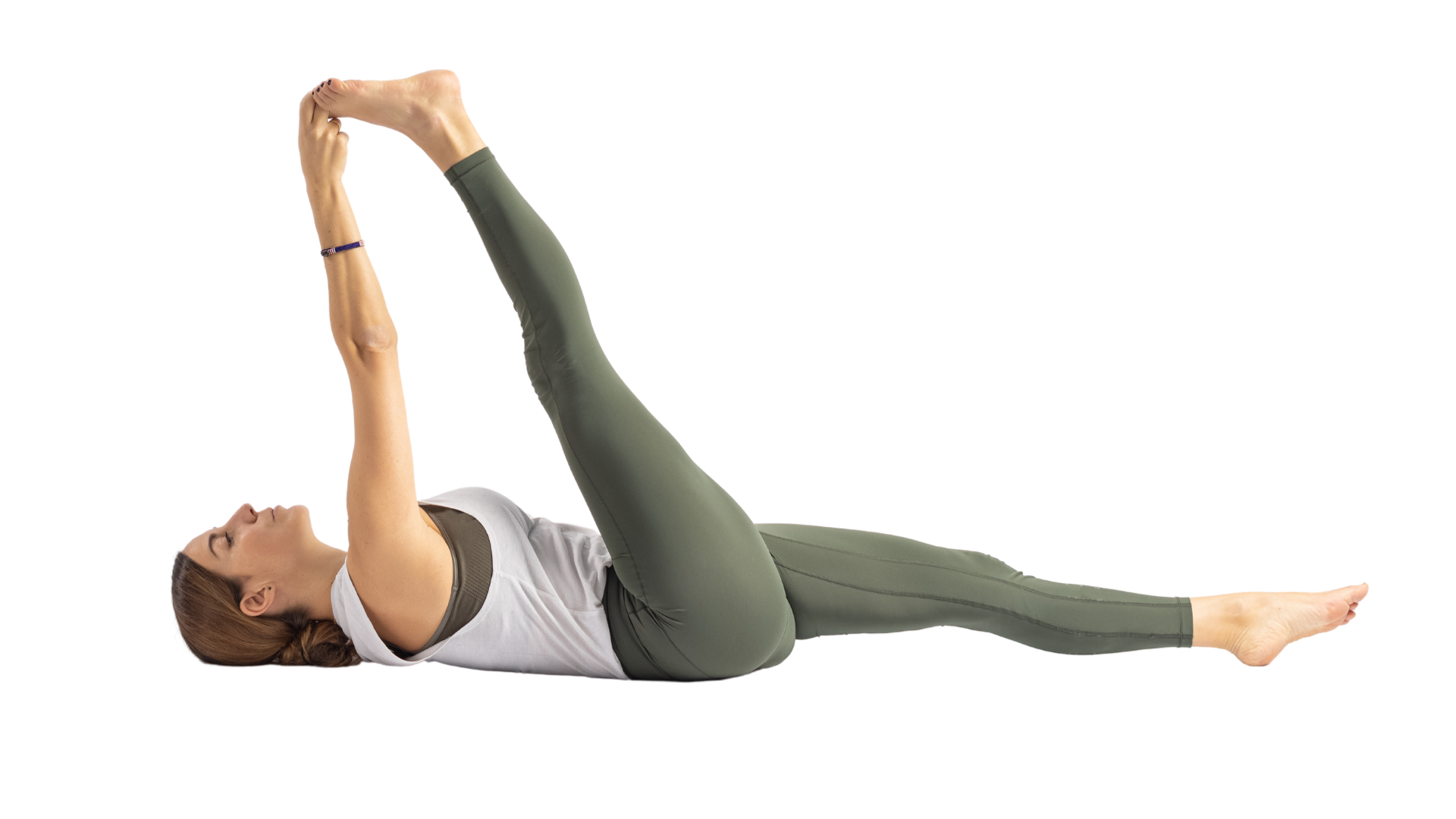
Supta Padangusthasana (Reclining Hand-to-Big-Toe Pose)
How to Do: Lie on your back, extend one leg up, hold the big toe or thigh, keeping the opposite leg grounded.
Benefits: Stretches hamstrings, opens hips, strengthens core.
Contradictions: Avoid with hamstring or hip injuries.
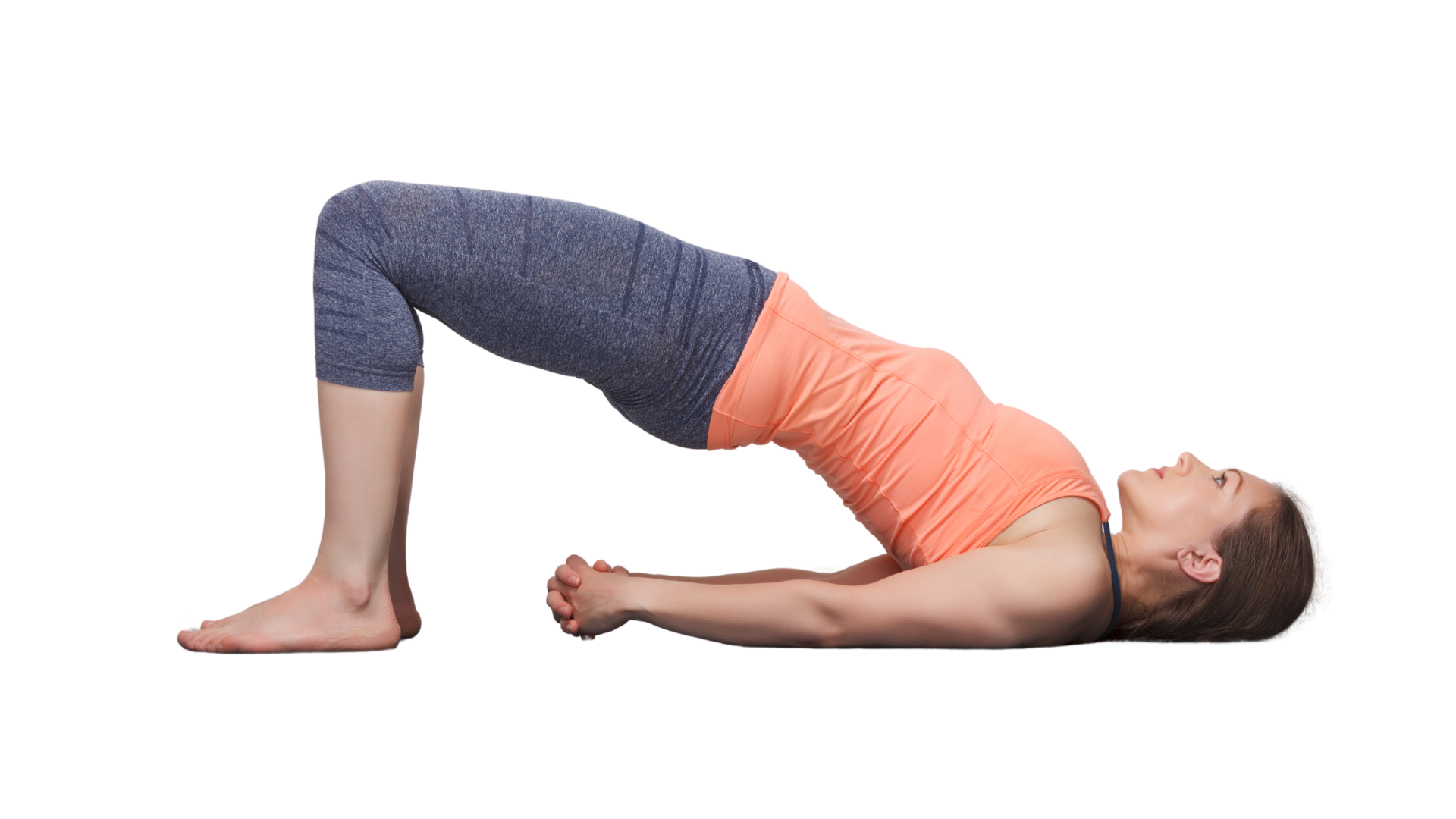
Setu Bandhasana (Bridge Pose)
How to Do: Lie on your back, bend knees, lift hips, and interlace fingers under your back for support.
Benefits: Strengthens back and legs, stretches chest and neck, reduces anxiety.
Contradictions: Avoid with neck or spinal injuries.
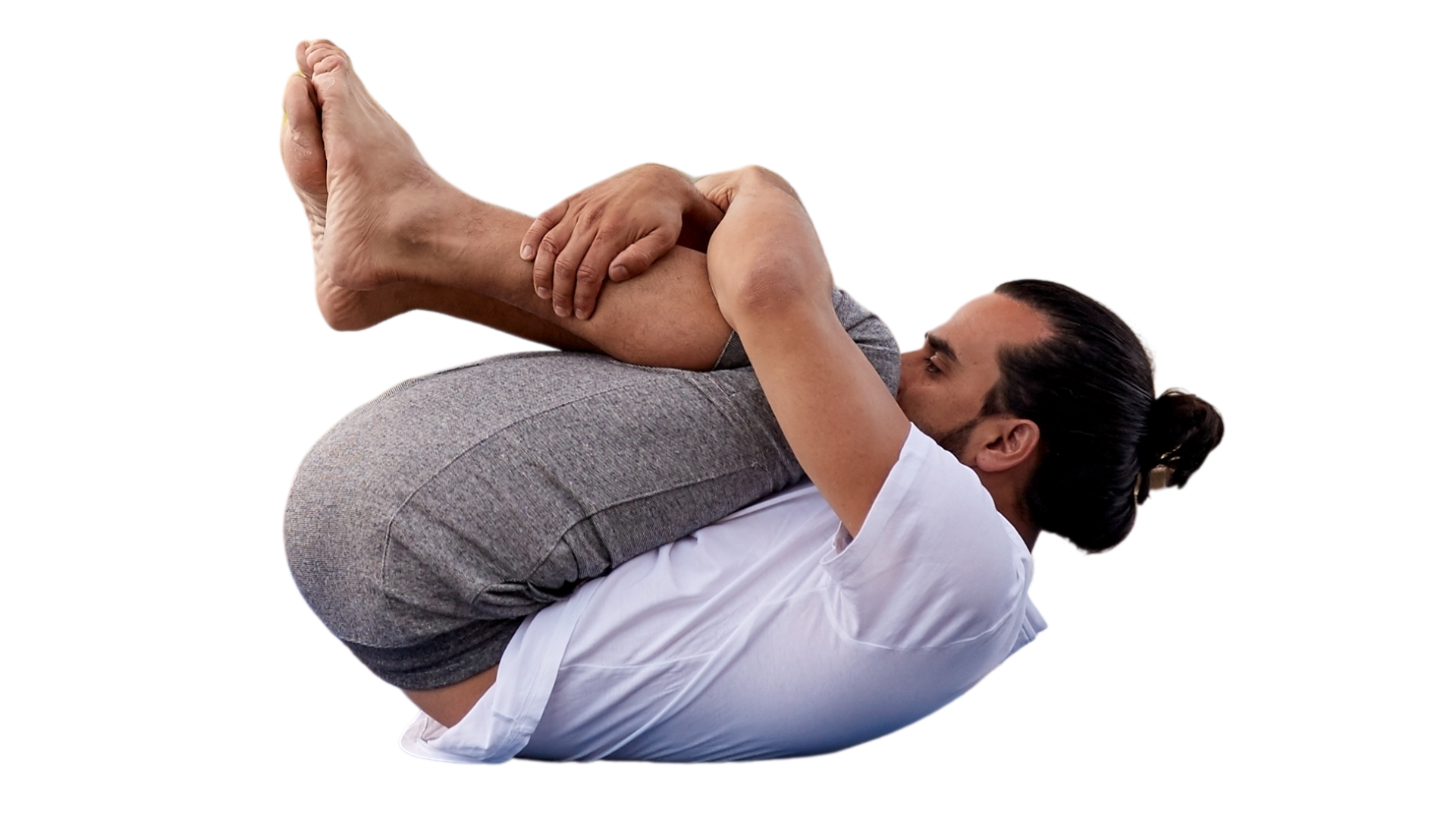
Pawanmuktasana (Wind-Relieving Pose)
How to Do: Lie on your back, bring one or both knees to your chest, wrap your arms around them, and breathe deeply.
Benefits: Relieves gas, aids digestion, eases lower back tension, and reduces bloating.
Contradictions: Avoid with recent abdominal surgery, hernia, or severe neck/back pain.
